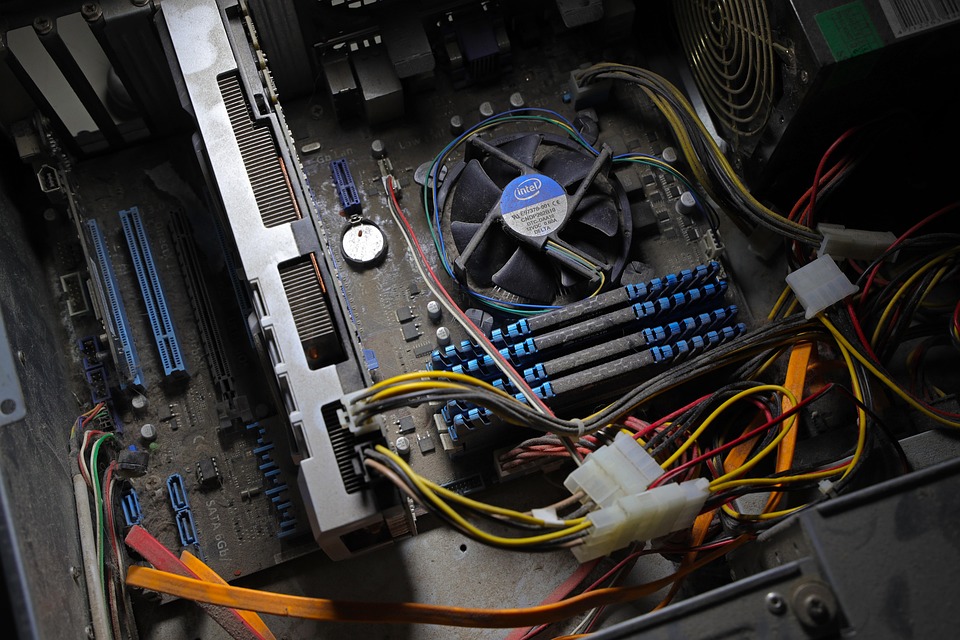As technology rapidly evolves, the gaming industry stands at the forefront of innovation with the emergence of next-generation graphics processing units (GPUs) that promise to redefine the gaming experience. One of the most talked-about features in this landscape is ray tracing. This article takes a closer look at ray tracing, its implications for the future of gaming, and what it means for both gamers and developers.
Understanding Ray Tracing
Ray tracing is a rendering technique that simulates the way light interacts with objects in a virtual environment. It traces the path of rays of light as they travel from a light source, bounces off surfaces, and ultimately reaches the viewpoint of the observer—essentially creating a realistic depiction of how light behaves in the real world. This technique enables stunning visual effects such as realistic reflections, shadows, and global illumination.
The Technical Shift
Traditionally, rendering techniques such as rasterization have dominated the gaming industry. Rasterization maps 3D models onto a 2D screen and typically relies on pre-calculated textures and lighting information, which can lead to limited realism. Ray tracing, by contrast, dynamically calculates the interaction of light with surfaces, resulting in a more immersive visual experience.
Modern GPUs, particularly those from NVIDIA’s RTX series and AMD’s RDNA architecture, are equipped with dedicated hardware for ray tracing operations. This hardware acceleration dramatically reduces the computational load and enables real-time ray tracing in games, even on consumer-grade systems.
Current State of Ray Tracing in Gaming
As of now, several high-profile titles have already integrated ray tracing features, including "Cyberpunk 2077," "Control," and "Minecraft." These games showcase the potential of ray tracing through enhanced lighting effects, detailed reflections, and dynamic shadows, bringing environments to life like never before.
However, the adoption of ray tracing has not been without challenges. The demand for processing power means that players often need high-end GPUs to fully enjoy the benefits without sacrificing frame rates. This has sparked ongoing discussions about the accessibility of next-gen gaming technologies.
The Pros and Cons
Pros
- Visual Fidelity: Ray tracing increases realism in graphics, making environments feel more immersive.
- Dynamic Lighting: Environments appear different based on the time of day or lighting conditions.
- Future-Proofing: As more games adopt ray tracing, investing in compatible hardware may be more worthwhile in the long run.
Cons
- Hardware Requirements: High performance demands mean that not all gamers can access ray tracing features.
- Development Costs: Integrating ray tracing into games can increase development time and costs.
- Performance Trade-offs: Many titles require players to make sacrifices in frame rates or resolution to maintain ray tracing effectiveness.
Looking Ahead: The Future of Ray Tracing
Expanding Beyond Gaming
While gaming is the most visible application of ray tracing, the technology has potential beyond the screen. Industries such as film, architecture, and virtual reality are beginning to leverage ray tracing for realistic visualizations. As the technology matures, we may see its usage expand exponentially, leading to innovations in design, simulation, and visualization.
Evolving Hardware
With the rapid pace of GPU development, future iterations are expected to further improve ray tracing capabilities while also addressing current performance and accessibility issues. Companies are continuously releasing more powerful GPUs with better ray tracing support, aiming to make high-quality graphics available to a wider audience.
Software Advancements
Game engines like Unreal Engine and Unity are making it easier for developers to integrate ray tracing into their workflows. As better tools and resources become available, more games, including indie titles, are likely to experiment with and adopt ray tracing, broadening its reach in the gaming community.
Conclusion
The question "Is the future ray tracing?" is met with a resounding "yes" from many industry insiders and enthusiasts. As GPUs continue to evolve and support for ray tracing becomes more ubiquitous, the technology is not just a passing trend but rather a significant milestone in the evolution of graphics rendering.
For gamers, this means more immersive experiences and photorealistic worlds to explore. For developers, it represents both an exciting opportunity and a challenge to create innovative content that leverages these advanced visual techniques. Ray tracing, with its unparalleled ability to create realism, is poised to shape the future of gaming and beyond, turning what was once a concept into a standard feature of our digital experiences.


